Western Australia holds a rich history of orphanage homes that have shaped local communities, provided care for children in need, and evolved into heritage landmarks.
Many of these sites still stand today, some continuing to serve the community while others have been preserved as historical treasures.
For locals searching “orphanage home near me”, this guide offers a closer look at each location, their unique features, and why they remain important to WA’s heritage fabric.
Disclaimer: Information on this page may differ from current reality. Contact the numbers provided for the most accurate and updated details.
1. Parkerville Children’s Home – WA’s First Cottage-Style Orphanage
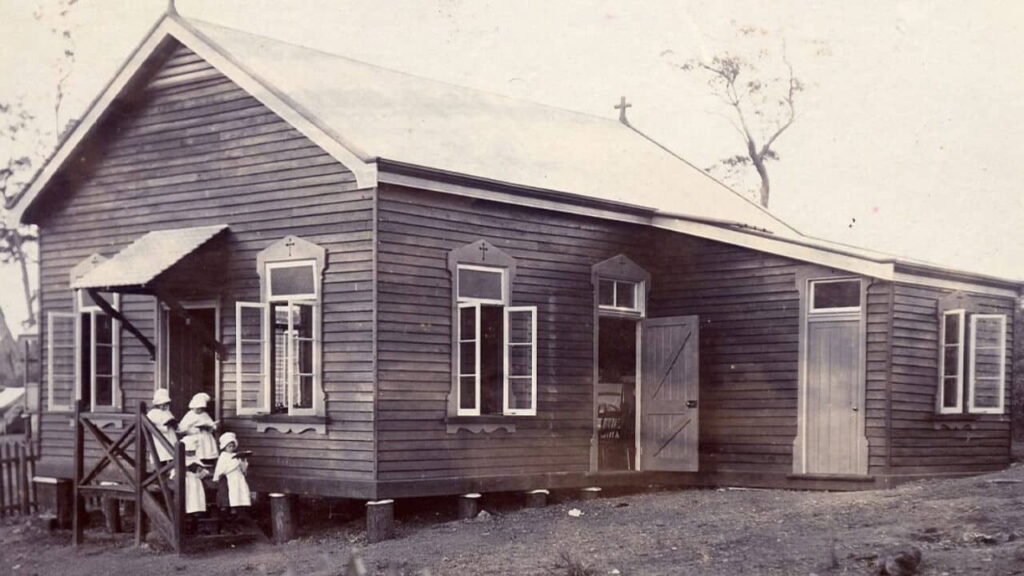
Before you even step onto the grounds, Parkerville’s charm is evident in its location among the Perth Hills.
Established in 1903 by Sister Kate, it pioneered a cottage home model that replaced large dormitories with smaller, family-like residences.
This approach transformed child welfare in WA, and the organisation continues to operate as Parkerville Children and Youth Care with a mix of heritage preservation and modern community programs.
Contact & Location
- Name: Parkerville Children and Youth Care
- Address: 18 Sefton Rd, Parkerville, WA 6081 (near Mundaring)
- Website: Parkerville Children and Youth Care – Heritage
- Phone: (08) 9290 5000
Opening Hours
| Day | Hours |
|---|---|
| Monday | 9:00 am – 5:00 pm |
| Tuesday | 9:00 am – 5:00 pm |
| Wednesday | 9:00 am – 5:00 pm |
| Thursday | 9:00 am – 5:00 pm |
| Friday | 9:00 am – 5:00 pm |
| Saturday | Closed |
| Sunday | Closed |
Key features
Visitors often note the serene bush setting and the preserved heritage bush cemetery that commemorates the lives connected to the home.
- Heritage cemetery memorial
- Community youth care programs
- Onsite heritage tours
If you’re wondering about accessibility, the site is reachable via main roads from Midland, with onsite parking available for visitors.
A heritage haven in the Hills
Parkerville is ideal for those in the Swan and Mundaring districts looking for a heritage rich visit combined with meaningful community engagement.
The peaceful environment adds a reflective layer to its historical significance.
2. Castledare Boys’ Home – Historic Riverside Site with Family Appeal
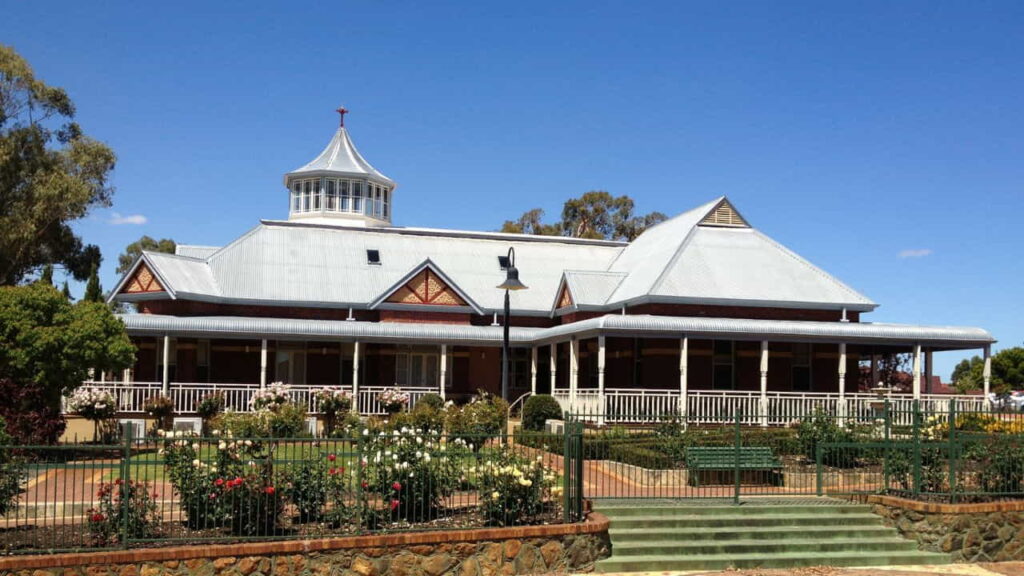
Located on the scenic banks of the Canning River, Castledare served as a boys’ home under the Christian Brothers from 1929 to 1983.
Today, its heritage-listed grounds are still a drawcard thanks to the popular Castledare Miniature Railway, which adds a vibrant community layer to its historic roots.
Contact & Location
- Name: Castledare Boys’ Home (Heritage site)
- Address: Fern Rd, Wilson, WA 6107 (near Canning River)
- Heritage Info: Castledare Boys’ Home history
Opening Hours – Miniature Railway
| Day | Hours |
|---|---|
| Monday | Closed |
| Tuesday | Closed |
| Wednesday | Closed |
| Thursday | Closed |
| Friday | Closed |
| Saturday | Closed |
| Sunday | 10:00 am – 2:00 pm (First Sunday each month) |
Key features
The combination of heritage buildings and recreational activities makes it an attractive destination for families.
- Heritage-listed architecture
- Miniature railway rides
- Riverside picnic spots
Many locals ask if the railway operates year-round. It does, but only on select Sundays and public holidays, so checking schedules is recommended before visiting.
Where history meets leisure
Perfect for families in the Cannington and Curtin University areas, Castledare offers a blend of historic appreciation and light-hearted fun by the river.
3. Clontarf Boys’ Home / Clontarf Aboriginal College – From Orphanage to Education Hub
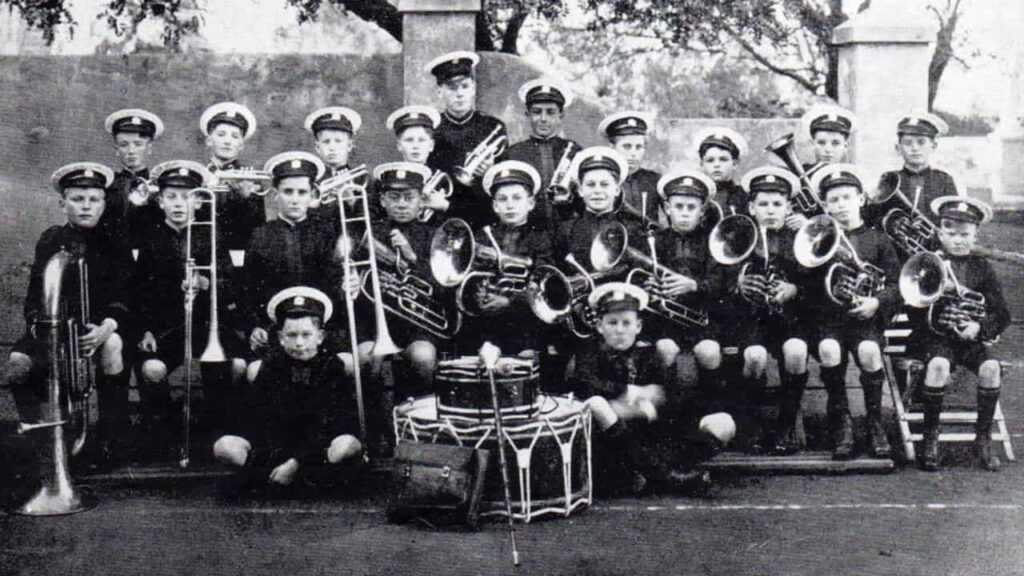
From its origins around 1901 as St Joseph’s Boys’ Orphanage, Clontarf has transitioned into Clontarf Aboriginal College, keeping its heritage alive while delivering modern education.
The site retains many original structures, allowing visitors and students to experience a tangible connection to WA’s welfare history.
Contact & Location
- Name: Clontarf Aboriginal College
- Address: 295 Manning Rd, Waterford, WA 6152 (near Canning River)
- Heritage Info: Clontarf Aboriginal College history
- Phone: (08) 9251 0600
Opening Hours
| Day | Hours |
|---|---|
| Monday | 8:00 am – 4:00 pm |
| Tuesday | 8:00 am – 4:00 pm |
| Wednesday | 8:00 am – 4:00 pm |
| Thursday | 8:00 am – 4:00 pm |
| Friday | 8:00 am – 4:00 pm |
| Saturday | Closed |
| Sunday | Closed |
Key features
Clontarf blends its educational role with its historic identity.
- Heritage buildings in active use
- Aboriginal student programs
- Community engagement initiatives
Locals often ask if the campus is open to the public generally, visits are limited to official events or by arrangement due to its active role as a school.
A living legacy in Waterford
Clontarf is a strong example of how a former orphanage home in Western Australia can adapt into a thriving educational institution, benefiting local communities while respecting its roots.
4. New Norcia Mission – St Mary’s & St Joseph’s Orphanages
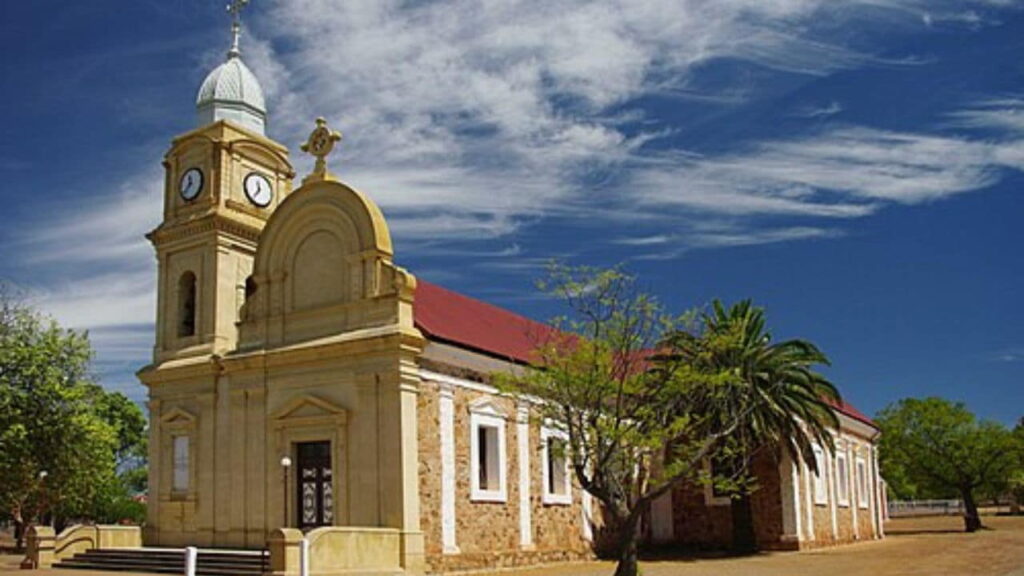
Australia’s only monastic town, New Norcia is steeped in religious and welfare history.
Founded by Benedictine monks in the mid 1800s, the mission once housed St Mary’s and St Joseph’s orphanages for Aboriginal children until their closure in 1974.
Contact & Location
- Name: New Norcia Mission
- Address: New Norcia, WA 6509 (along Great Northern Highway)
- Heritage Info: New Norcia – historical overview
- Phone: (08) 9654 8018
Opening Hours – Visitor Centre
| Day | Hours |
|---|---|
| Monday | 9:00 am – 4:30 pm |
| Tuesday | 9:00 am – 4:30 pm |
| Wednesday | 9:00 am – 4:30 pm |
| Thursday | 9:00 am – 4:30 pm |
| Friday | 9:00 am – 4:30 pm |
| Saturday | 9:00 am – 4:30 pm |
| Sunday | 9:00 am – 4:30 pm |
Key features
The mission offers deep historical insights through various public facilities.
- Guided heritage tours
- Museum and art gallery
- Monastic accommodation
Visitors often ask if overnight stays are possible; yes, the town offers monastic style accommodation, providing a rare immersive experience.
Heritage and spirituality combined
For travellers along Great Northern Highway, New Norcia is a standout heritage stop, offering both cultural enrichment and unique accommodation.
5. Roelands Aboriginal Mission – Former Farm Orphanage Site
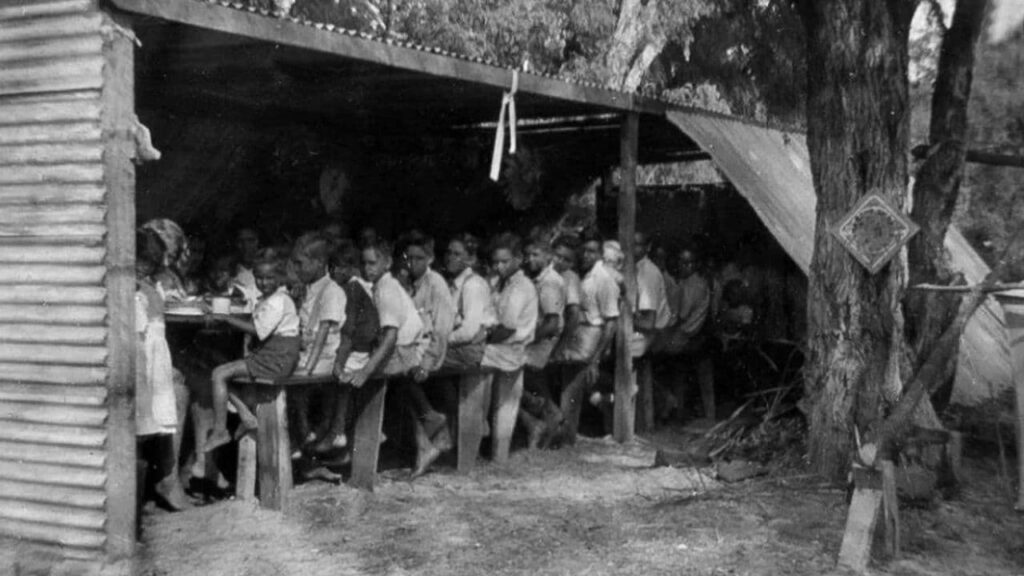
Set in the rolling countryside near Bunbury, Roelands Aboriginal Mission operated from 1941 to the mid 1970s as a home for Aboriginal children, many from the Stolen Generations.
It was built around a self sustaining farm, and today the site has been repurposed as Roelands Village, a cultural learning and healing space.
Contact & Location
- Name: Roelands Aboriginal Mission (Roelands Village)
- Address: 12 Government Rd, Roelands, WA 6226 (near Bunbury)
- Heritage Info: Roelands Aboriginal Mission history
Opening Hours – Roelands Village
| Day | Hours |
|---|---|
| Monday | By appointment |
| Tuesday | By appointment |
| Wednesday | By appointment |
| Thursday | By appointment |
| Friday | By appointment |
| Saturday | Event days only |
| Sunday | Event days only |
Key features
The modern Roelands Village hosts a variety of programs aimed at cultural education and healing.
- Cultural heritage workshops
- Community events and gatherings
- Historical displays of the mission era
A common question is whether the mission buildings are original; many structures have been preserved or restored to maintain authenticity for visitors.
Preserving stories near Bunbury
For those in the Bunbury and Collie regions, Roelands is a powerful reminder of WA’s Aboriginal history, blending heritage preservation with community driven projects.
6. Perth Girls’ Orphanage / Swan Girls’ Home – One of WA’s Oldest
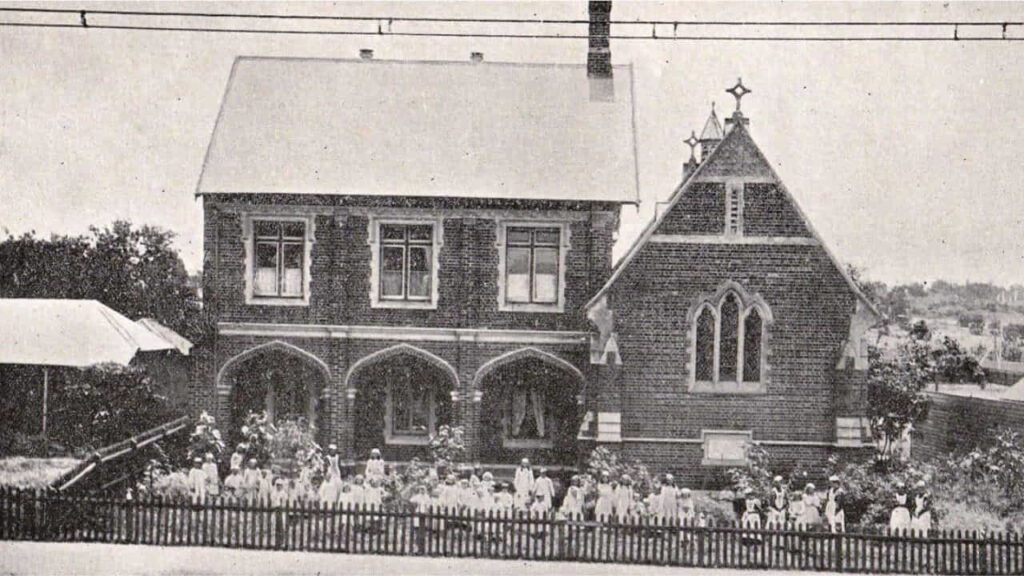
Established in 1868 near the Causeway in Perth, the Perth Girls’ Orphanage was one of the state’s earliest formal orphanages.
It later moved to Middle Swan in 1942 and became known as the Swan Girls’ Home.
Although it no longer operates as a child care institution, its legacy is documented in state archives and heritage databases.
Contact & Location
- Name: Perth Girls’ Orphanage / Swan Girls’ Home
- Address: Original site – Near Causeway, Perth, WA 6000; later site – Middle Swan, WA 6056
- Heritage Info: Perth Girls’ Orphanage – Find & Connect
Opening Hours – Heritage Interest Only
| Day | Hours |
|---|---|
| Monday | N/A |
| Tuesday | N/A |
| Wednesday | N/A |
| Thursday | N/A |
| Friday | N/A |
| Saturday | N/A |
| Sunday | N/A |
Key features
While there are no public services, researchers and historians can access detailed records and photographs through archival sources.
- Documented history available online
- Archival photographs and records
- Connections to Anglican welfare history
Visitors often ask if the building is still standing; parts of the Middle Swan site remain, but access is limited and primarily for research purposes.
For heritage trail enthusiasts
This site holds immense historical value for those tracing WA’s welfare history, especially in the Swan Valley and Midland areas.
7. Wanslea – National Trust Listed Orphanage Building
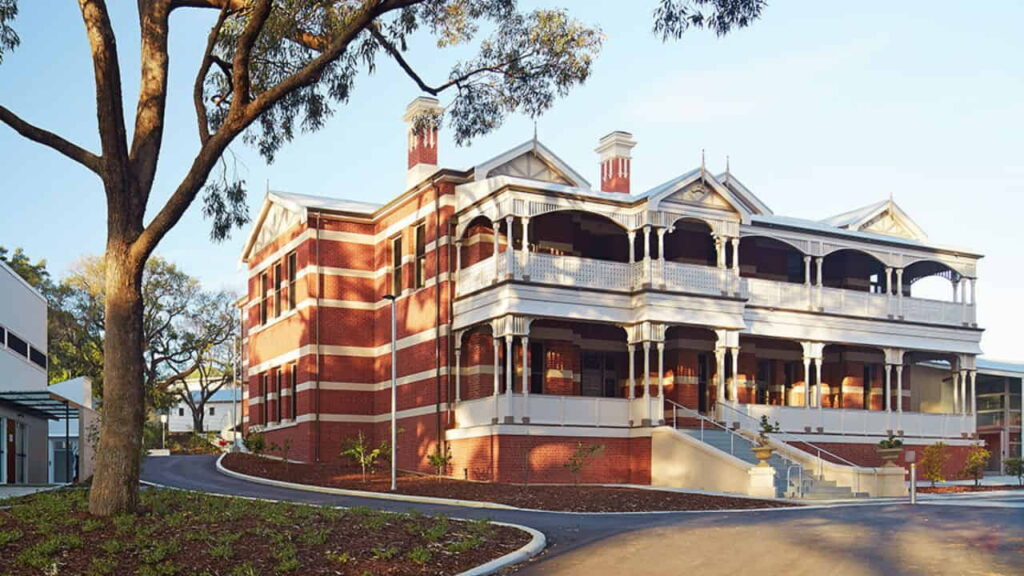
Built in 1906 by the Independent Order of Oddfellows, Wanslea originally functioned as an orphanage and later as a child health facility.
Today it’s managed by the National Trust WA, ensuring the building’s preservation and integration into Perth’s heritage precinct.
Contact & Location
- Name: Wanslea (National Trust WA)
- Address: 9-11 Harvest Terrace, West Perth, WA 6005 (near Kings Park)
- Heritage Info: Wanslea – National Trust WA
- Phone: (08) 9321 6088
Opening Hours – National Trust WA
| Day | Hours |
|---|---|
| Monday | 9:00 am – 5:00 pm |
| Tuesday | 9:00 am – 5:00 pm |
| Wednesday | 9:00 am – 5:00 pm |
| Thursday | 9:00 am – 5:00 pm |
| Friday | 9:00 am – 5:00 pm |
| Saturday | Closed |
| Sunday | Closed |
Key features
As part of the National Trust’s portfolio, Wanslea is maintained to high heritage standards.
- Federation-era architecture
- Proximity to other heritage sites
- National Trust exhibitions and events
Locals sometimes ask if the building is open for tours; while it’s not always open to walk-ins, special events often include guided heritage tours.
A heritage stop in the heart of Perth
Wanslea is a must-see for architecture and history lovers in the CBD and West Perth, offering a glimpse into early 20th century welfare history within easy walking distance of Kings Park.
Final Note: These orphanage homes, whether still active in community care or preserved as heritage landmarks, represent an important part of Western Australia’s social history.
Exploring them offers both insight and connection to the state’s past, making them worthy destinations for locals and visitors alike.
